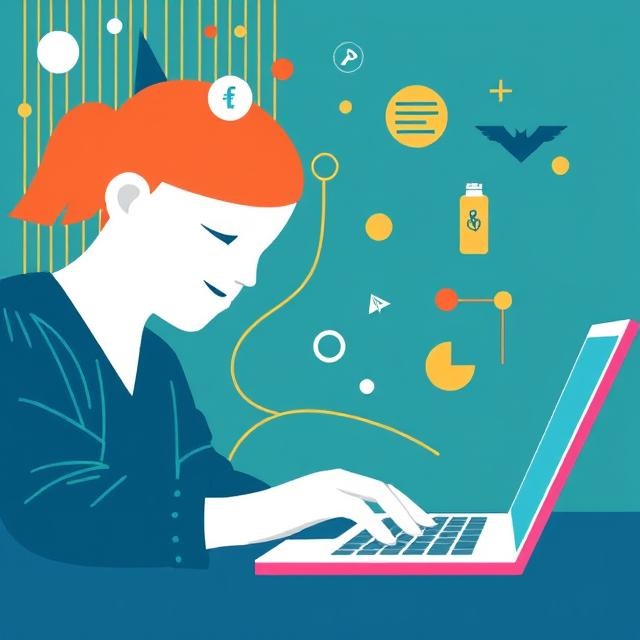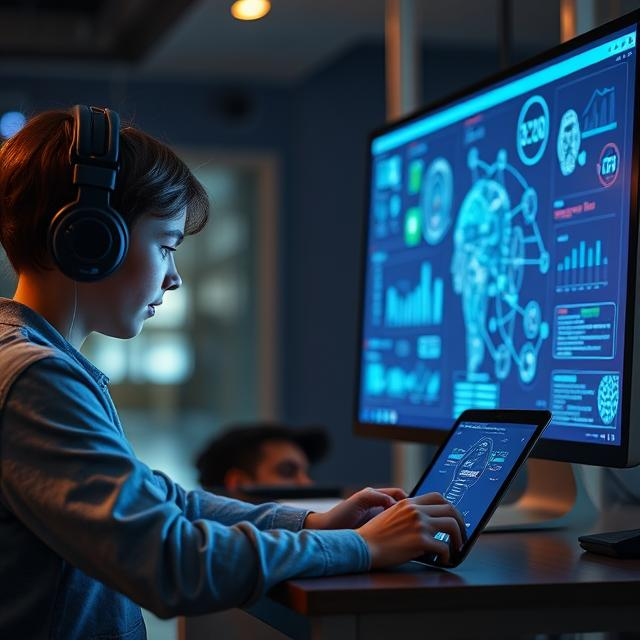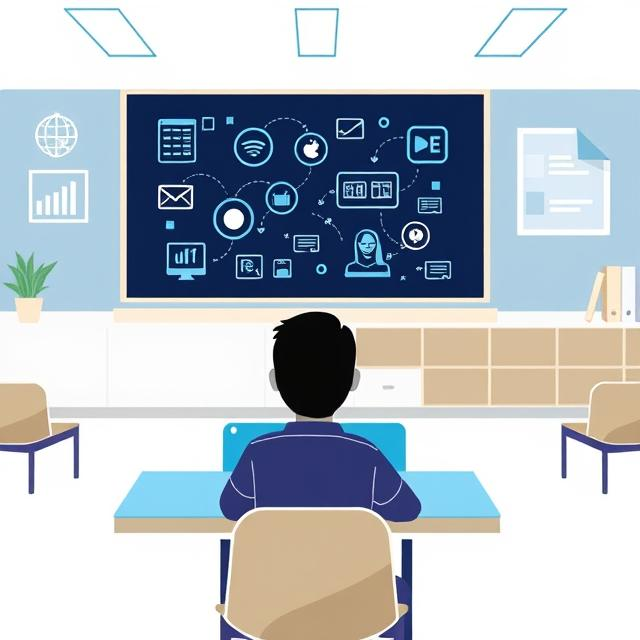Virtual Reality (VR) has the potential to transform education by providing immersive, interactive learning experiences that traditional classroom methods can’t replicate. Here are some of the significant impacts of VR on education:
1. Enhanced Engagement and Motivation
- Immersive Learning: VR engages students in a way that traditional learning methods can’t. By immersing them in a 3D environment, it grabs their attention and encourages active participation. This kind of interaction is more engaging than reading a textbook or watching a lecture.
- Gamification: VR can integrate game-like elements (such as scoring systems, challenges, and rewards), making learning feel more like a game. This approach increases motivation and keeps students invested in the material.
2. Real-World Simulations
- Experiential Learning: VR allows students to experience real-world scenarios without the risks or logistical challenges. For example, medical students can perform virtual surgeries, science students can explore the human body, and history students can “travel” to ancient civilizations—all in a safe, controlled environment.
- Field Trips: Instead of traveling to distant places, students can visit landmarks, museums, or outer space without leaving the classroom. Virtual field trips enable global learning opportunities that might otherwise be inaccessible due to time, location, or financial constraints.
3. Improved Concept Visualization
- Abstract Concepts: VR can help students better understand abstract or complex subjects by visualizing them in 3D. For instance, in physics, students can visualize forces and motions; in mathematics, they can see geometric shapes come to life. This visual representation aids comprehension, especially for visual learners.
- Interactive Lessons: Rather than merely reading or hearing about a concept, students can interact with the subject, increasing retention and understanding. In subjects like geometry, chemistry, or physics, VR allows students to manipulate objects and observe real-time effects.
4. Personalized Learning Experiences
- Self-Paced Learning: VR can cater to different learning speeds and styles. Some students may want to revisit certain topics, while others may want to move ahead. With VR, students can control their learning experience, taking as much or as little time as needed to grasp a concept.
- Adaptive Learning: VR environments can adapt based on the learner’s progress. If a student struggles with a particular concept, the system can provide extra guidance or alter the level of difficulty to match their understanding.
5. Safe Environment for Trial and Error
- Mistakes Without Consequences: In a VR environment, students can make mistakes and learn from them without real-world consequences. This is especially important in fields like medicine, engineering, or aviation, where practice is essential but mistakes can be costly or dangerous.
- Repetition and Practice: VR allows students to repeat tasks or scenarios multiple times to improve their skills, without the fear of failure or wasting resources.
6. Collaboration and Social Learning
- Virtual Classrooms: VR can connect students across the globe, creating virtual classrooms where they can collaborate on projects or participate in group discussions. Students can share experiences and learn from diverse perspectives.
- Team-Based Simulations: In certain VR environments, students can work in teams, solving problems or completing challenges together. This fosters communication, teamwork, and collaborative problem-solving.
7. Inclusion and Accessibility
- Support for Special Needs: VR can provide tailored experiences for students with disabilities. For example, VR can create environments for students with autism to practice social skills or provide alternative methods of learning for students with physical disabilities who may struggle with traditional methods.
- Remote Learning: For students in remote areas or those unable to attend school due to illness or other reasons, VR can bring the classroom experience directly to them, providing equal opportunities for education regardless of location.
8. Increased Retention and Learning Outcomes
- Active Learning: VR promotes active rather than passive learning. When students actively participate in learning, they are more likely to retain information. This leads to better long-term outcomes.
- Experiential Recall: Research has shown that learners remember information better when they experience it in a realistic, immersive setting. The more senses involved in learning (such as sight, sound, and movement), the stronger the memory.
9. Cost Efficiency in Certain Areas
- Cost-Effective Practice: While setting up a VR classroom or lab can be expensive, it can eventually save costs in fields where physical resources are traditionally needed (e.g., laboratory experiments, medical training). VR enables practice without consuming materials or equipment.
- Remote Education: VR can reduce the need for travel and physical infrastructure, enabling more cost-effective education delivery in remote or under-resourced areas.
10. Preparing for Future Careers
- Skills Training: VR can prepare students for future careers by simulating professional environments. This is particularly beneficial in industries like aviation, engineering, or healthcare, where hands-on practice is necessary. Students can train in a VR setup that mimics real-world job scenarios, gaining practical skills before entering the workforce.
11. Teacher Support and Training
- Teacher Training: VR can also be used to train educators. They can practice managing classrooms, teaching methods, or dealing with difficult scenarios (e.g., handling disruptive students) in a controlled, virtual environment.
- Assisting with Lesson Planning: Teachers can use VR tools to create more dynamic and interactive lessons, making it easier to demonstrate concepts in ways that engage students more effectively.
Challenges to Overcome:
While VR offers tremendous benefits, there are challenges to its widespread adoption in education:
- High Initial Costs: VR headsets and software can be expensive, and setting up a VR classroom requires investment in equipment and infrastructure.
- Technical Limitations: VR requires powerful computing systems and stable internet connections, which may not be available in all educational settings.
- Teacher Training: Educators need to be trained on how to use VR effectively in their teaching practices.
- Health Concerns: Extended use of VR can cause eye strain, dizziness, or discomfort, and its impact on young students’ physical development is still being studied.






